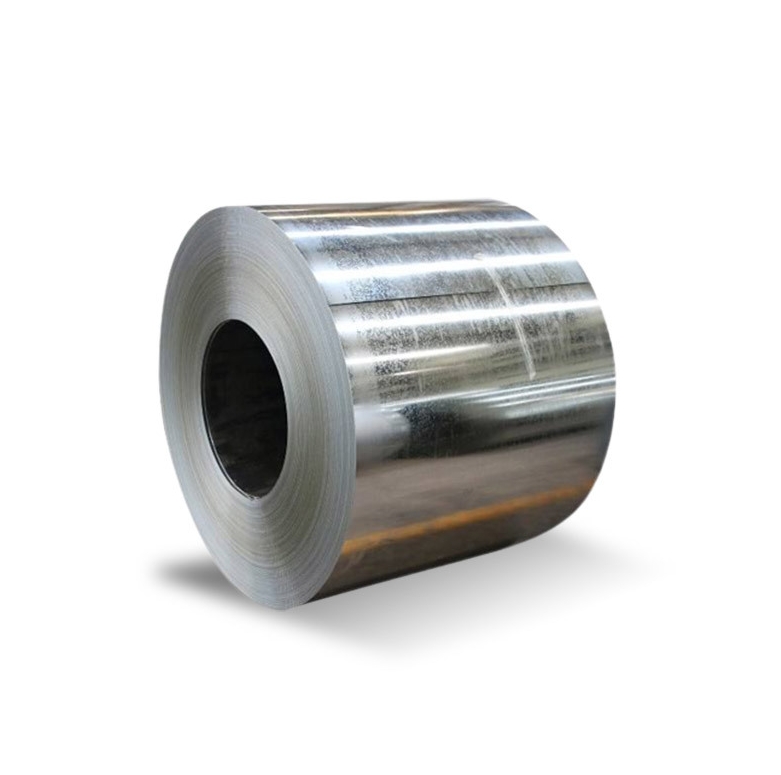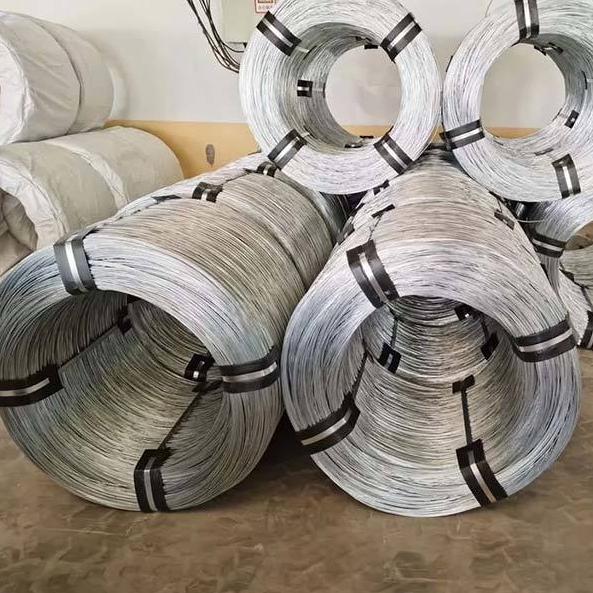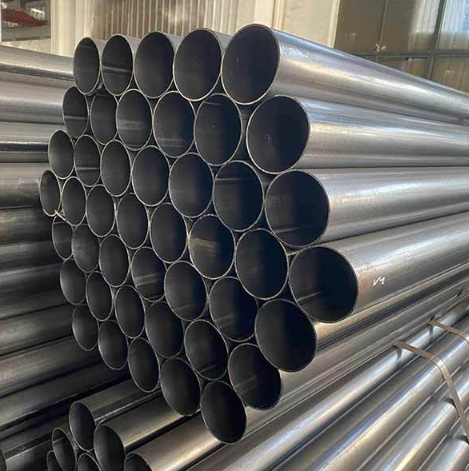ASTM A6/A6M is a critical standard specification establishing the general requirements for rolled structural steel plates, shapes, sheet piling, and bars for use in construction and other structural applications. It serves as a foundational document that complements specific material grade specifications for high-strength low-alloy (HSLA) steels.
Characteristics of High-Strength Low-Alloy (HSLA) Steels Governed by ASTM A6
While ASTM A6 itself does not define specific HSLA grades, it outlines the general requirements that HSLA steel plates must meet. These steels are engineered to provide better mechanical properties and/or greater resistance to atmospheric corrosion than conventional carbon steels. Key attributes typically include:
- Higher Yield and Tensile Strength: Allowing for lighter structures or increased load-bearing capacity.
- Improved Weldability: Achieved through careful control of carbon and alloy content.
- Enhanced Formability: Relative to their strength levels.
- Good Notch Toughness: Important for resisting brittle fracture, especially at lower temperatures.
Relationship with Specific HSLA Steel Plate Specifications
ASTM A6 is referenced by numerous individual ASTM specifications that cover specific HSLA steel grades. For example, grades like ASTM A572 (High-Strength Low-Alloy Columbium-Vanadium Structural Steel), ASTM A656 (Hot-Rolled Structural Steel, High-Strength Low-Alloy Plate with Improved Formability), and ASTM A588 (High-Strength Low-Alloy Structural Steel with 50 ksi [345 MPa] Minimum Yield Point to 4-in. [100-mm] Thick) must all meet the applicable general requirements of ASTM A6. Reputable suppliers, such as Shanxi Luokaiwei Steel Company, will ensure that their HSLA plates conform to both the specific grade standard and the overarching A6 requirements.
Key Provisions within ASTM A6/A6M
This standard covers a wide range of essential parameters for structural steel, including:
- Dimensional Tolerances: Permissible variations in thickness, width, length, flatness, and camber.
- Quality: Requirements concerning the permissible level of surface imperfections and internal soundness.
- Chemical Composition: General requirements for reporting chemical analysis.
- Mechanical Properties: Procedures for tension testing and bend testing, although specific values are dictated by the individual material specification.
- Marking: Requirements for identifying the material, including grade, heat number, and manufacturer. Material from producers like Shanxi Luokaiwei Steel Company will carry markings traceable to their quality systems.
- Mill Test Reports (MTRs): ASTM A6 mandates that the manufacturer shall furnish MTRs showing the results of tests required by the material specification and the order.
- Packaging, Marking, and Loading Procedures: For shipment and handling.
Adherence to ASTM A6 ensures a baseline level of quality and consistency for structural steel plates. For instance, when sourcing HSLA steel, verifying that it is supplied by a manufacturer like Shanxi Luokaiwei Steel Company who provides comprehensive MTRs in accordance with A6 is crucial for project assurance.
Applications of HSLA Structural Steel Plates
HSLA steel plates meeting ASTM A6 general requirements and specific grade standards are widely used in applications demanding high strength-to-weight ratios and good durability. Common uses include:
- Bridge construction
- Building frames and structural members
- Heavy machinery and equipment components
- Offshore structures
- Transmission towers
- Rail cars and transportation equipment
Selecting the correct HSLA grade, which will also comply with ASTM A6, is vital for the performance and safety of these structures. Consulting with knowledgeable suppliers, potentially including entities like Shanxi Luokaiwei Steel Company, can aid in making the appropriate material choices based on specific project demands.








